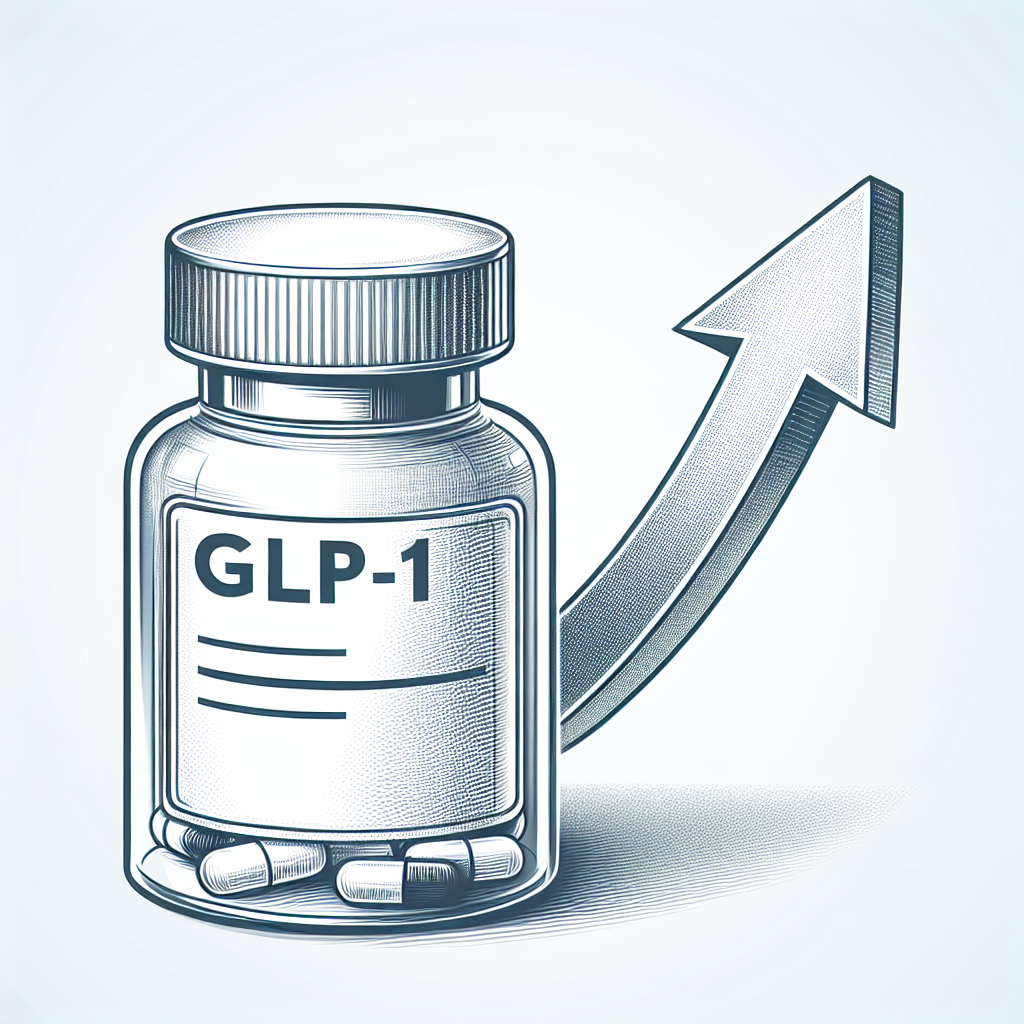The share of people without diabetes being prescribed GLP-1 drugs is increasing, even as new prescriptions for individuals with diabetes are declining, according to a new study published in the Annals of Internal Medicine on Tuesday.
The study highlights concerns about potential shortages of these treatments.
GLP-1 drugs work by mimicking a hormone that regulates blood sugar and reduces appetite. Initially approved for treating type 2 diabetes, the FDA approved the GLP-1 treatment Wegovy for weight loss in 2021.
Since then, both Novo Nordisk and Eli Lilly have struggled to meet the rising demand for GLP-1 drugs, including Zepbound, Mounjaro, Wegovy, and Ozempic.
Researchers from Cedars-Sinai Medical Center and other institutions analyzed the medical records of 45 million Americans who visited a doctor at least once from 2011 to 2023. They found that the share of new GLP-1 users with type 2 diabetes declined from nearly 90% to just over 70% between 2019 and 2023. Meanwhile, the share of new GLP-1 users without type 2 diabetes increased from 10% to 25%.
“This data suggests that more healthcare providers are recognizing the benefits of these medications for treating obesity, which is a significant public health shift,” said Yee Hui Yeo, co-first author of the study. “However, it also raises concerns about potential medication shortages and the need to ensure that patients with diabetes still have access to these treatments.”
The study used data from the healthcare software company TriNetX, which may not be nationally representative.
In recent years, GLP-1 drugs have gained popularity due to their appetite-suppressing effects, which can help users lose up to 26% of their body weight.
The surge in sales of these drugs has made Eli Lilly and Novo Nordisk two of the most valuable pharmaceutical companies globally. However, the high demand has made it difficult for some patients to fill their prescriptions. Both companies have invested billions to increase the production of these medications.
Morgan Stanley analysts predict that the global market for these drugs will reach $105 billion by 2030. The investment bank expects the adoption of these drugs to rise to about 31.5 million people in the U.S., roughly 9% of the population, by 2035.
